Have you ever wished you could explore space and the vast universe beyond our planet? What if I told you that virtual reality technology can allow you to do just that without leaving your classroom or living room?
Virtual reality (VR) is a technology that allows users to be immersed in a computer-generated environment. The potential of VR in education is still being explored, but its ability to simulate real-life situations has made it an exciting tool for educators.
In addition to VR, other technologies such as augmented reality (AR), robotics, drones, and gamification have also shown potential for enhancing traditional learning methods. By combining these technologies with space education, students can gain a deeper understanding and appreciation of the universe we live in.
The Potential of Virtual Reality in Education
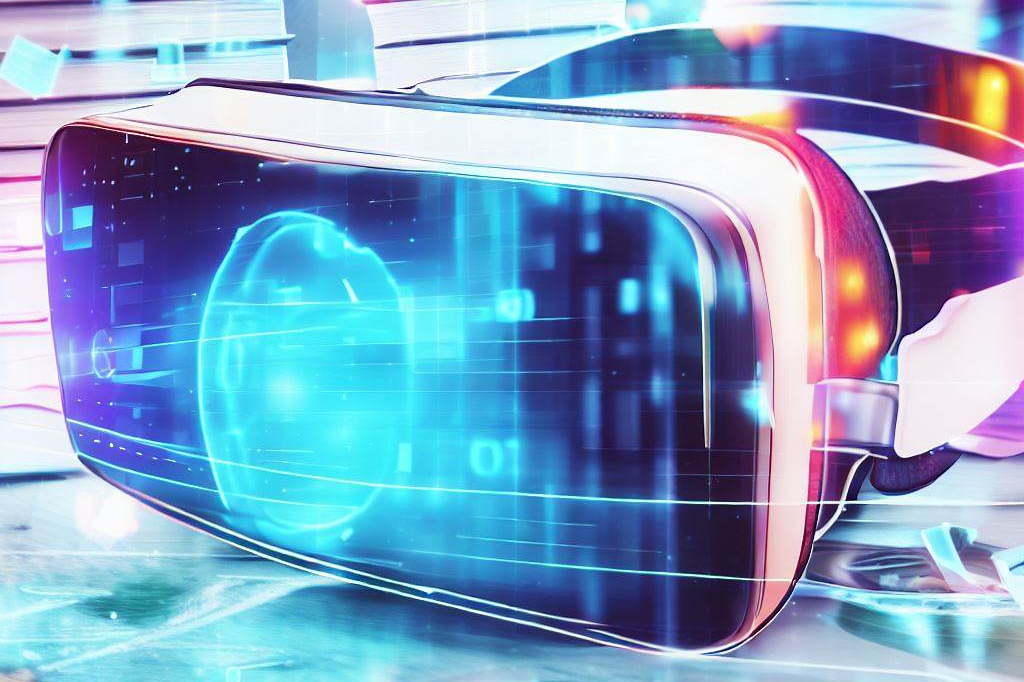
Virtual reality has the power to transport users into different environments, making it an innovative tool for education.
Imagine exploring the surface of Mars or walking through the International Space Station without leaving your classroom.
With VR, this is possible. The use of VR in education has several benefits beyond just offering a unique experience.
It can also reduce costs associated with field trips or specialized equipment needed for certain experiments. Additionally, VR simulations can provide a safer environment for students when learning about hazardous materials or experiences such as spacewalks.
Using Technology in Space Education
Space exploration has always been fascinating for mankind.
Technological advancements have enabled humans to explore outer space more deeply than ever before.
However, not everyone has access to the specialized equipment or facilities needed to study space sciences practically. This is where technology comes into play; it allows us to overcome many barriers by providing virtual experiences that are accessible and engaging for all learners.
With AR overlays on telescopes and spacecraft, identifying celestial objects becomes easier.
Incorporating robotics and drones into space education provides another dimension through which students may explore remote environments.
Gamification can also add an element of fun and competition, making learning about space more exciting than ever before.
Overall, technology has made space education more accessible, engaging, and affordable for students.
Virtual Reality in Space Education
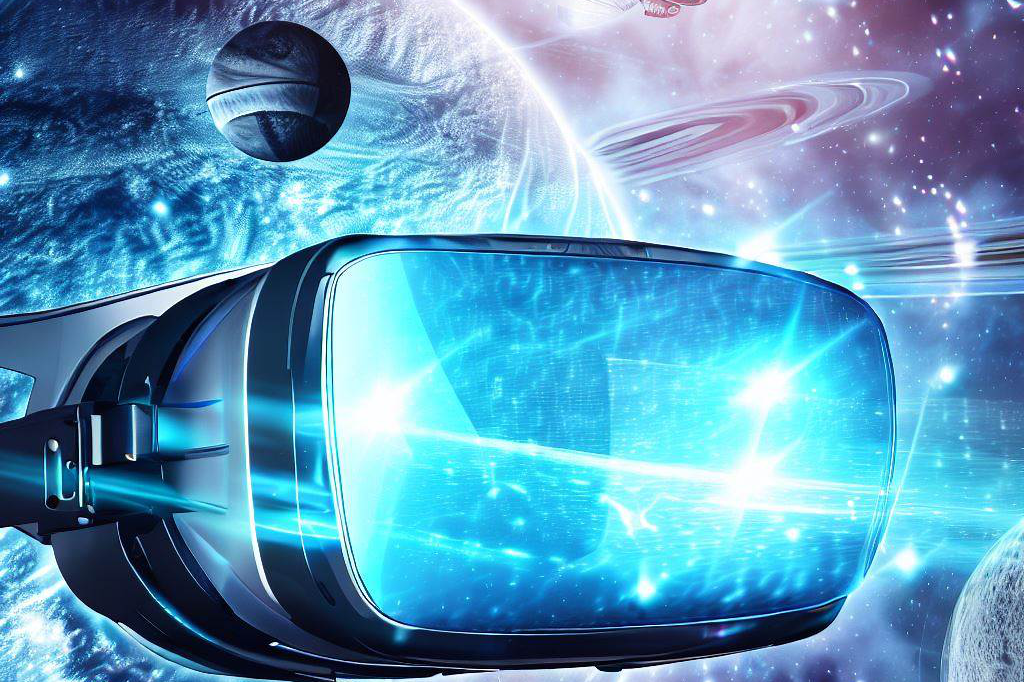
The Possibilities of Virtual Reality for Space Education
When it comes to space education, the possibilities of virtual reality are truly exciting.
Virtual reality technology can simulate space environments with high levels of accuracy and detail, giving students a realistic and immersive experience that would be impossible to achieve with traditional educational methods alone.
For example, virtual reality can be used to simulate the surface of Mars, allowing students to explore and learn about this fascinating planet as if they were actually standing on its red sands.
The Benefits of Using Virtual Reality in Space Education
One major benefit of using virtual reality in space education is cost-effectiveness.
Traditional methods of learning about space often involve expensive trips to planetariums or other educational facilities.
With virtual reality, however, students can experience these environments from the comfort of their own classrooms or homes without having to spend large amounts of money on travel expenses.
Another important benefit is safety.
Many aspects of space exploration are too dangerous for humans to attempt in person, but with virtual reality, students can experience these environments without risking their safety. This makes it possible for educators to provide more engaging and immersive learning experiences than ever before while still ensuring that their students remain safe and secure.
Limitations and Challenges
While virtual reality has a lot of potential for space education, there are also some limitations and challenges that must be taken into consideration.
For example, not every school or educational institution has access to high-quality VR equipment or the technical expertise needed to create realistic simulations.
Additionally, some students may struggle with motion sickness or other physical discomfort when using VR technology for extended periods.
Despite these challenges, realising the full potential benefits of implementing VR into Space Education would help foster a love for science among younger generations by providing them with more engaging ways to experience outer-space exploration concepts than traditional methods.
Exploring Space Education with Augmented Reality
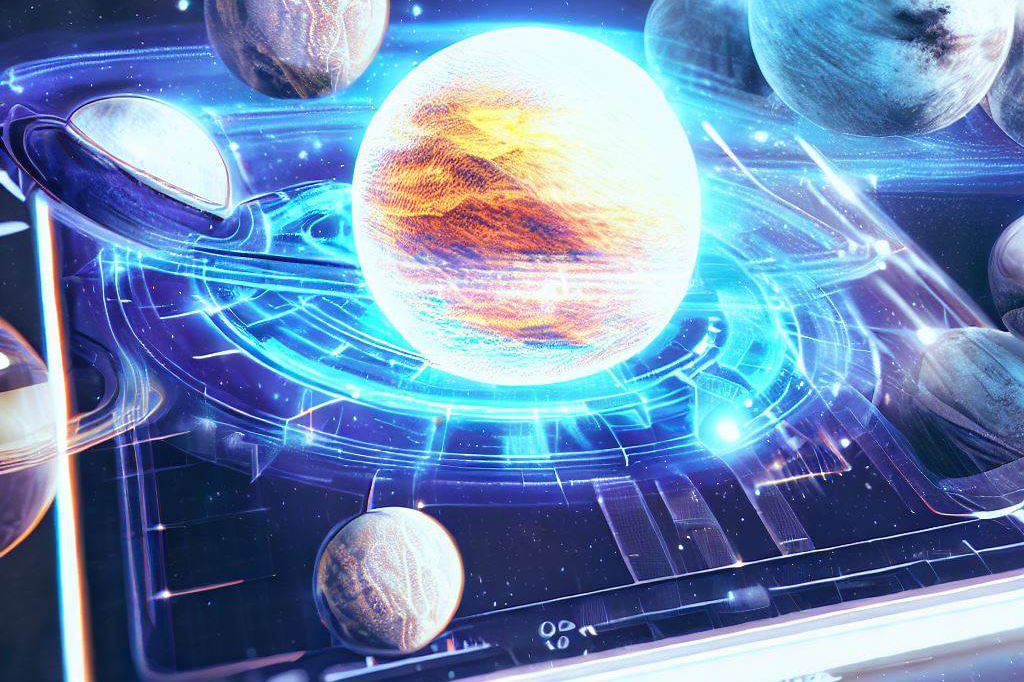
Augmented reality (AR) is one of the most promising tools in education today. By overlaying digital information onto real-world objects or environments, AR can make learning more interactive and engaging.
When it comes to space education, AR can take learners on a journey to the far reaches of the universe, without ever leaving their classroom. One way augmented reality is used in space education is by identifying celestial bodies.
Students can point their smartphone or tablet towards the sky and see an overlay of planets, stars, and constellations with detailed information about each object. This makes stargazing more interactive than ever before, allowing students to explore space at their own pace and learn about the universe in a unique way.
Another exciting application of augmented reality in space education is exploring spacecraft designs. Using AR technology, students can view 3D models of spacecraft that are normally inaccessible to them.
They can examine every aspect of these vehicles up close, from their propulsion systems to their docking ports. This type of interaction with spacecraft designs helps students understand how they function and how they are built.
Bringing Space Exploration to Life
Augmented reality technology has given us a new way to learn about our universe through interactive experiences that stimulate curiosity and creativity. With its ability to overlay digital information onto real-world objects or environments, it’s easy for everyone – from young children to adults -to enjoy immersive learning experiences that bring space exploration closer than ever before.
In addition to providing an engaging experience for learners, augmented reality also offers benefits for educators. By using this technology in the classroom, teachers can deliver content more effectively by presenting complex topics in a dynamic visual format that enhances understanding and retention.
Robotics and Drones in Space Education
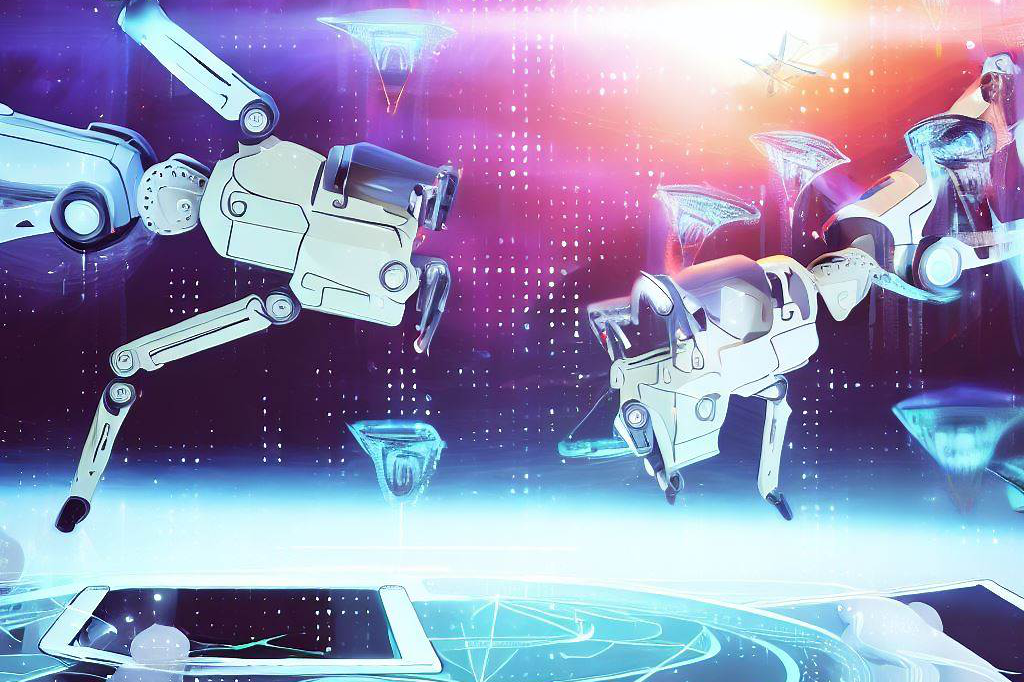
Exploring Space Remotely With Robotics and Drones
Space exploration is a fascinating subject, but it can be expensive and dangerous to send humans into space. However, thanks to robotics and drones, students can now explore the universe from the comfort of their classrooms.
These machines can go where humans cannot, such as hostile environments like Mars, asteroids, or even the moon’s surface. Students can control these devices remotely and see real-time images of their surroundings.
One exciting application of robotics in space education is using them to explore deep space locations like planets and moons. The Curiosity Rover on Mars is a great example of this technology in action.
Students can use similar robots to study different objects in our solar system remotely. This experience helps students understand the practical applications of robotics while also learning about different celestial bodies.
The Benefits of Using Robotics and Drones for Space Education
There are several benefits associated with using robotics and drones for space education purposes.
First, they provide students with increased accessibility to remote locations that would otherwise be difficult or impossible to reach without putting human lives at risk.
They also allow students to study objects beyond our planet that are too far away or too dangerous for humans to reach. Another benefit is that robotics makes it possible for us to collect data about these remote locations without polluting them with human presence or equipment.
This means we can learn more about these areas than we would if we had physically gone there ourselves. Using robotics and drones provides an educational platform that inspires creative thinking amongst students while they work as a team solving challenging problems related to space exploration.
With this technology, our understanding of the cosmos is rapidly expanding, and students can now learn about the universe in a safe and engaging way. We should continue to invest in these technologies to ensure that our future generation of scientists is inspired to explore beyond our planet.
Gamification in Space Education
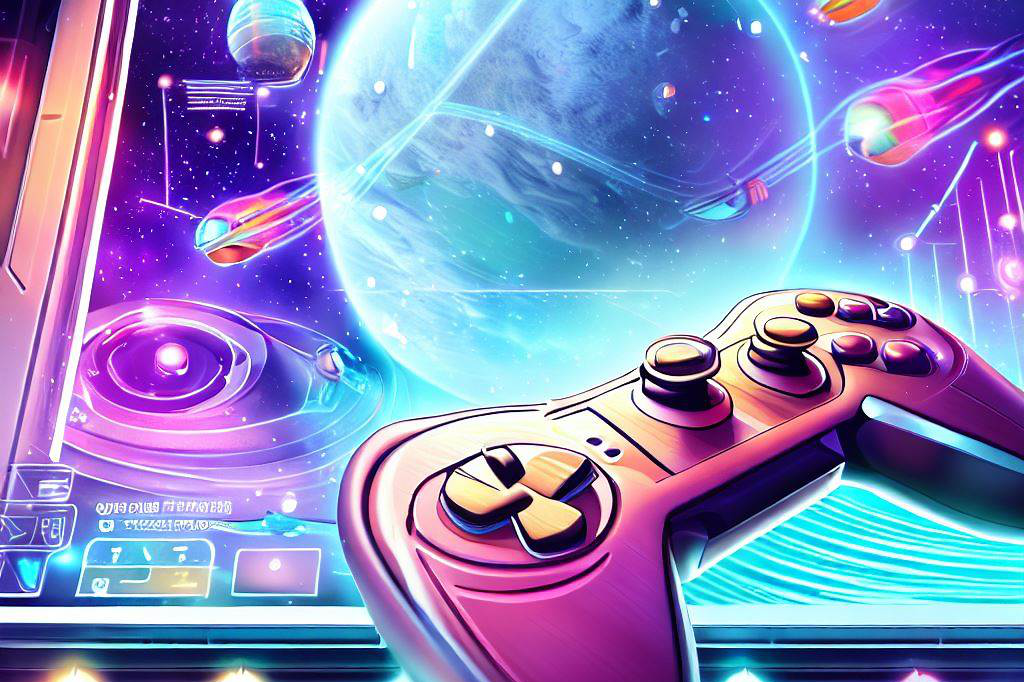
Engaging Students Through Gamification
Gamification is the process of applying game-like elements to non-game contexts, such as education. This technique has been successfully implemented in various educational settings, including space education.
By gamifying space education, students become more engaged and motivated to learn about the cosmos. One way to gamify space education is through the use of online games that simulate space exploration activities.
Another way to gamify space education is by creating a points system for completing educational tasks or answering questions correctly. Students can accumulate points for completing missions or answering questions correctly, which can lead to rewards such as virtual badges or certificates.
Successful Implementation of Gamification Techniques
Gamification techniques have been successfully implemented in various educational settings, including space education.
For example, Mars Rover Game is an online game that allows students to control a rover on Mars and complete various missions. Through this game, students can learn about the geography of Mars and practice critical thinking and problem-solving skills.
NASA has also created several other online games that provide students with engaging and interactive activities related to space exploration, including Moonbase Alpha, an online game that allows players to explore a simulated moon base while completing scientific missions such as repairing equipment or conducting experiments. Through this game, players can learn about lunar geography and scientific research methods.
Another successful implementation of gamification techniques was done by the European Space Agency (ESA) through their Astro Pi project. In this project, ESA invited children from all over Europe to write computer code for running experiments on Raspberry Pi computers aboard the International Space Station (ISS). The best codes were selected for execution on the ISS by ESA astronauts, giving children an opportunity not only to learn but also to have their work sent into space!
Final Thoughts
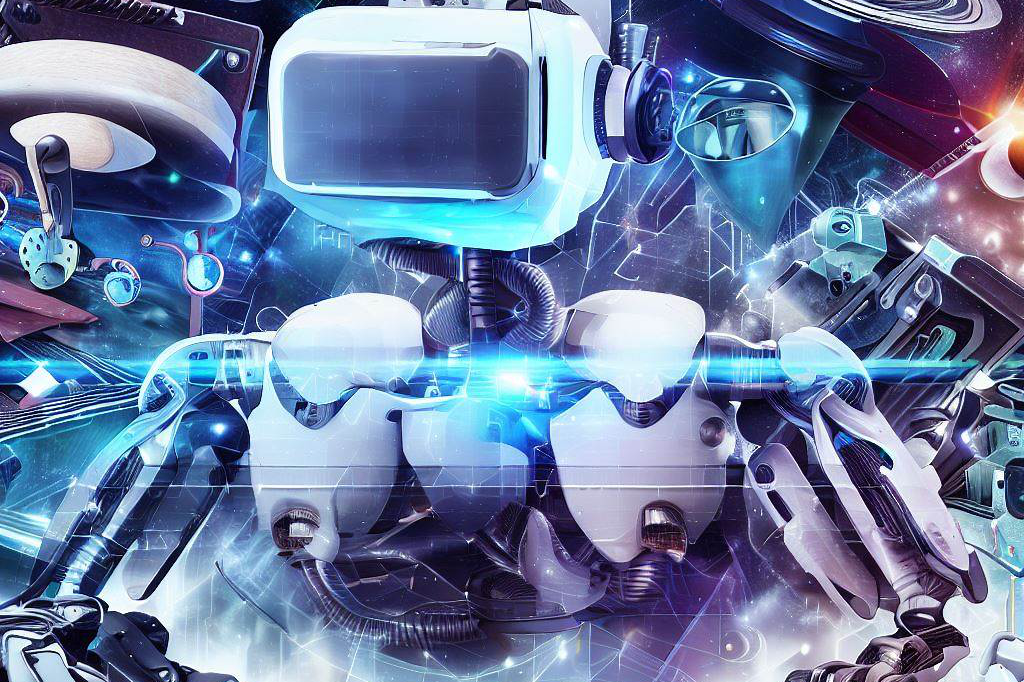
The use of virtual reality and other technologies in space education presents a powerful opportunity to engage students and promote scientific literacy. By leveraging these tools, educators can create immersive experiences that allow students to explore the cosmos in ways that were previously impossible.
From virtual reality simulations of extraterrestrial environments to augmented reality overlays of real-world objects, these technologies offer new avenues for learning about space that are both exciting and educational.
While the benefits of using these technologies for space education are clear, there are admittedly also some challenges to be addressed. For example, not all schools may have access to the necessary hardware or software to implement these tools effectively. Additionally, it will be important for educators to carefully design and implement their curricula in order to ensure that they align with established learning objectives.
Despite these challenges, there is reason for optimism regarding the future of space education. As technology continues to advance and become more accessible, it becomes increasingly possible for students around the world to learn about space in new and innovative ways. By fostering curiosity and promoting scientific literacy in this way, we can help inspire the next generation of scientists, engineers, and explorers who will continue expanding our understanding of the universe around us.

C M, a seasoned editor, journalist, and consultant, is deeply fascinated by the convergence of technology, space, and the future of humanity.
With a particular interest in transhumanity, futurology, and the philosophical and ethical dimensions of these domains, C M serves as the lead contributor to SpaceSpotlight and TranscendSphere.
When not penning insightful articles on these rapidly evolving fields, C M indulges in their love for podcasts and books, proudly embracing their status as a ‘Happy Nerd Extraordinaire!’



